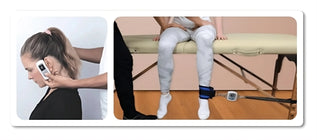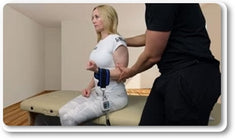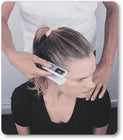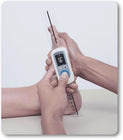Authors: Karin Fröjd, University of Uppsala (2016)
Link to study: here.
Number of Subjects: Thirty-five subjects (20 women).
Abstract
The aim of this study was to examine the digital tool Easy Angle on its concurrent validity and interrater reliability measuring active and passive range of motion in people with hip osteoarthritis.
Methods
Thirty-five subjects (20 women) were included in the study. Concurrent validity was compared with a goniometer. Inter-rater reliability was tested between two experienced physiotherapists and included both active and passive hip joint movement in the directions of flexion, abduction, internal rotation, and external rotation in people with hip osteoarthritis. To evaluate the results Intraclass Correlation Coefficient (ICC) and Bland Altman Agreement Test was used.
Results
Conclusion
The results indicate that experienced physiotherapists with high reliability and validity can use the digital tool EasyAngle for range of motion measurements in people with hip osteoarthritis. Directions abduction and external rotation seems to be the movements that have the highest uncertainty in the measurements.
Others
Hip Osteoarthritis study. The validity of the Easy Angle proved to be excellent (ICC2.1 0.85-1.0) regardless of the direction of movement in terms of both active and passive mobility. Also inter-rater reliability (ICC3.1 0.83 to 0.96) were observed to be excellent at most testing moments apart from the active abduction and active external rotation, where the results were fair to good (ICC3.1 0.67 to 0.69). Generally abduction and external rotation showed the greatest uncertainty in the measurements according to Limits of Agreement (LoA).










